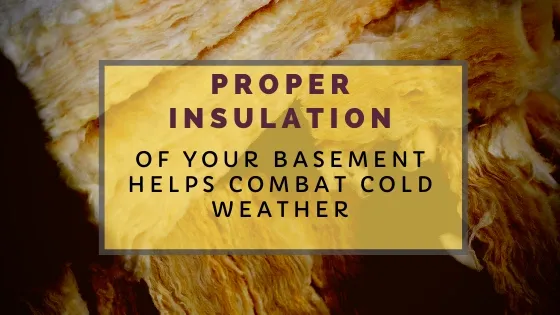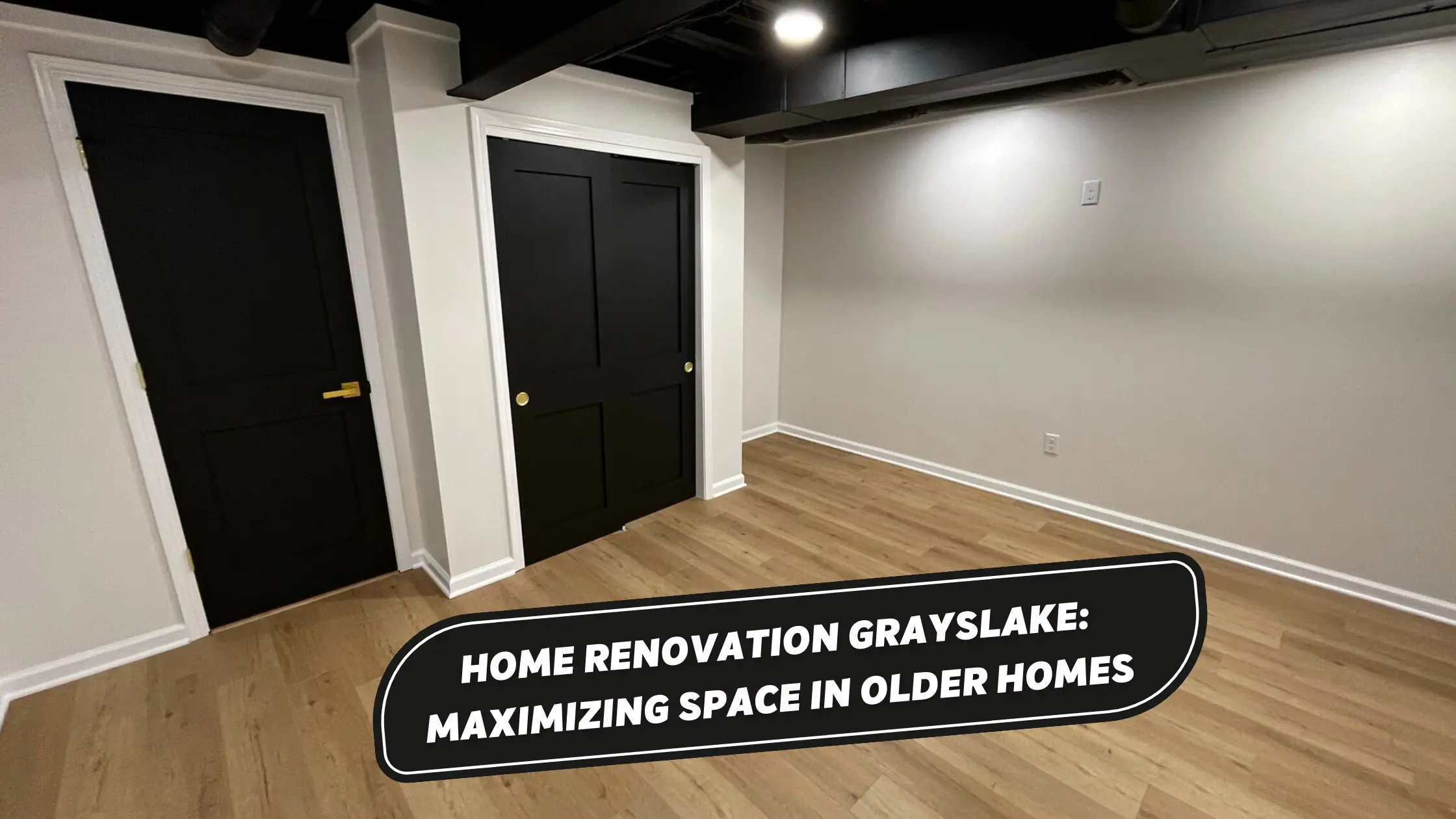With much of the winter in the single digits, our part of the nation gets an extra boost of the cold weather compared to other areas. The arctic blast that brings in that rapid freeze-up is a sure concern for homeowners regarding their heating costs. But you can combat this situation by properly insulating your basement to have a comfortable and enjoyable home, and still keep your heating costs at bay.
Understand Heat Movements
Just like most homeowners, you know that hot air rises, so you are sure to insulate your roof and attic so you don’t lose the heat in your home as it rises. But heat also moves from warmer to colder environments. This poses a challenge for you with basements and crawlspaces. Often, there is a heat difference of thirty or more degrees between the basement or crawlspace to the living space within your home. When the temperatures are in the single digits and fall below zero, this becomes an extra strain on your heating bills. The department of energy has revealed important principles of heat movement that are important for homeowners. The EPA has also put out an important guide that addresses some of these factors that affect your home.
Unheated Basements
When you may not have a significant use for your basement, you would leave it unheated. This of course makes sense as you don’t want to waste the money to heat spaces that you have no use for. But such a basement can be treacherous for your heating bills unless you insulate it properly. The extra cold basement will literally pull the heat down from the upstairs living space that you heat up for comfortable conditions. You not only lose heat to the cold basement below, you also end up with an uncomfortably cold living space that you struggle to heat properly.
In such a situation, you want to have your basement ceilings insulated with unfaced fiberglass insulation batts or blankets installed between the joists on the floor. These are to be fitted with wire, fishing line or other supports that will hold the insulation in place. By properly insulating the basement ceiling, you’ll keep much of the heat upstairs, where you want it for a comfortable living space.
But as you take this important step to insulate your basement ceiling, remember that your basement will be even colder since you don’t have any heat coming down from your upstairs living space. These colder temperatures can be a problem for pipes in the now frigid basement. You now have to make sure to properly insulate water pipes and any heating and cooling ducts that run through your basement.
Heated Basements
If the basement is in regular use, it will be heated and you’ve got to pay special attention to your basement insulation. Now, the objective is to contain the heat within the basement. In this situation, the aim is not to insulate the basement ceiling, but to insulate the basement walls. All the frame walls in the basement needs to be insulated with fiberglass batts installed between each of the studs.
If you have concrete walls in the basement, you have some options available. These options are determined by your use of the basement. If you use it regularly, you want to treat it as a common living space. Thus, you need to install wood framing and properly insulate it with fiberglass batts. This, if done properly with the recommended R-Values, should give you sufficient insulation for the walls.
You can also opt to install some rigid foam insulation board directly against the inside of the concrete wall. This insulation needs to go all the way to the basement floor, and by all means below the “frost line,” which is the area to which the ground will freeze in the winter.

Crawlspaces
Wherever you have crawl spaces that gets vented to the outdoors, it should be insulated similar to the unheated basement. The floor should be insulated from below. And of course, make sure to insulate all water pipes and heating/cooling ducts within the crawlspace. This should include all the water pipes in the perimeter of the house as well.
These are crucial and vital renovations you’ll need to make to your home for you to have a comfortable living space. Without such careful attention to proper insulation of your basement, you will also incur greater costs in your heating bills this winter. Of course, the colder the winters get, the greater your costs of heating unless heated properly with sufficient materials.
Get further basement renovation ideas here.






